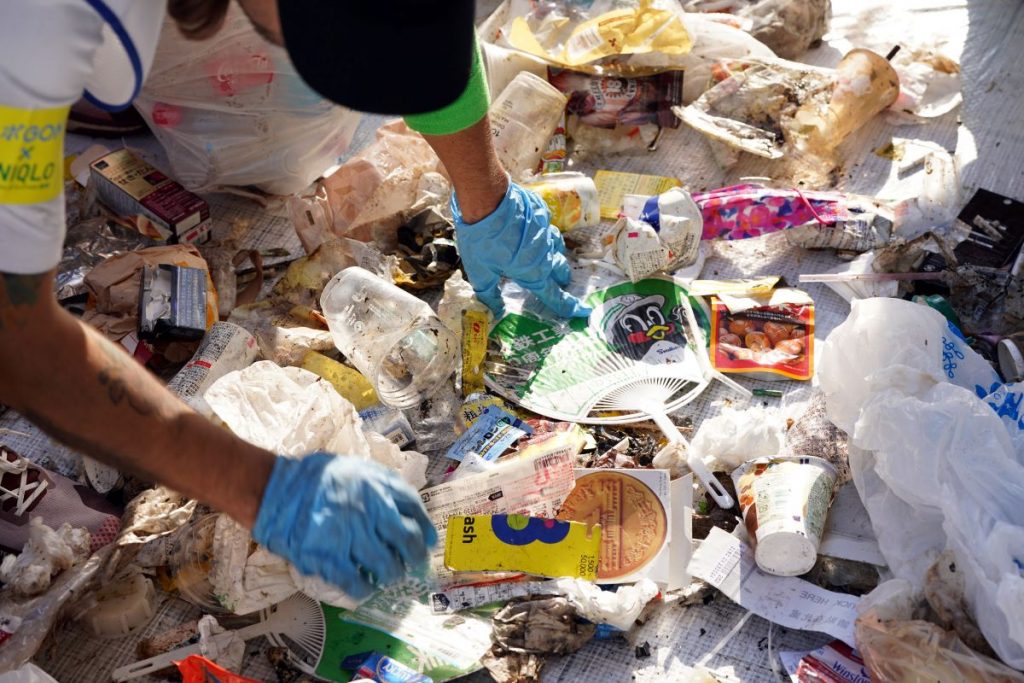
Polystyrene foam waste collected during a coastal cleanup activity in December 2020 on Ishigaki Island, Okinawa Prefecture. (Kyodo)
Read the full story on Japan 2 Earth - Nanoplastics Detected in Human Blood for the First Time in Japan
An analysis by a group led by Professor Hideshige Takada of Tokyo University of Agriculture and Technology revealed nanoplastics to be present in blood samples collected from multiple individuals in Japan. Nanoplastics are microscopic plastic particles measuring less than one micrometer in diameter.
A closer examination of one individual also revealed toxic chemical substances such as ultraviolet (UV) absorbers and polychlorinated biphenyls (PCBs) to be present in the blood, kidneys, and liver.
First Time in Japan
While nanoplastics have been found in human blood in the Netherlands, this is the first time they have been discovered in human blood in Japan. Moreover, this research marks the first report in the world of toxic chemical substances being detected simultaneously. Results indicate that these substances are accumulating in the human body.

Nanoplastics are widely present in the environment. Compared to larger plastic particles, they are more easily absorbed into the body, thus potentially pose a greater risk to organisms. Advancements in analytical techniques in recent years have made it possible to detect them.
Continue reading the full story on Japan 2 Earth to learn more about the potential dangers of nanoplastics to human health.
And find more great articles on the environment and the challenges of achieving the SDGs on our affiliated website Japan 2 Earth (J2E), sparking a transition to a sustainable future.
RELATED:
- Why Fish Feed on Microplastics: Nagasaki University Study
- SPOGOMI World Cup Raises Awareness on Marine Plastic Waste
- Biodegradable Plastics: A Proven Solution to the Problem of Marine Plastic Waste
(Read the article in Japanese.)
Author: Sankei Shimbun








